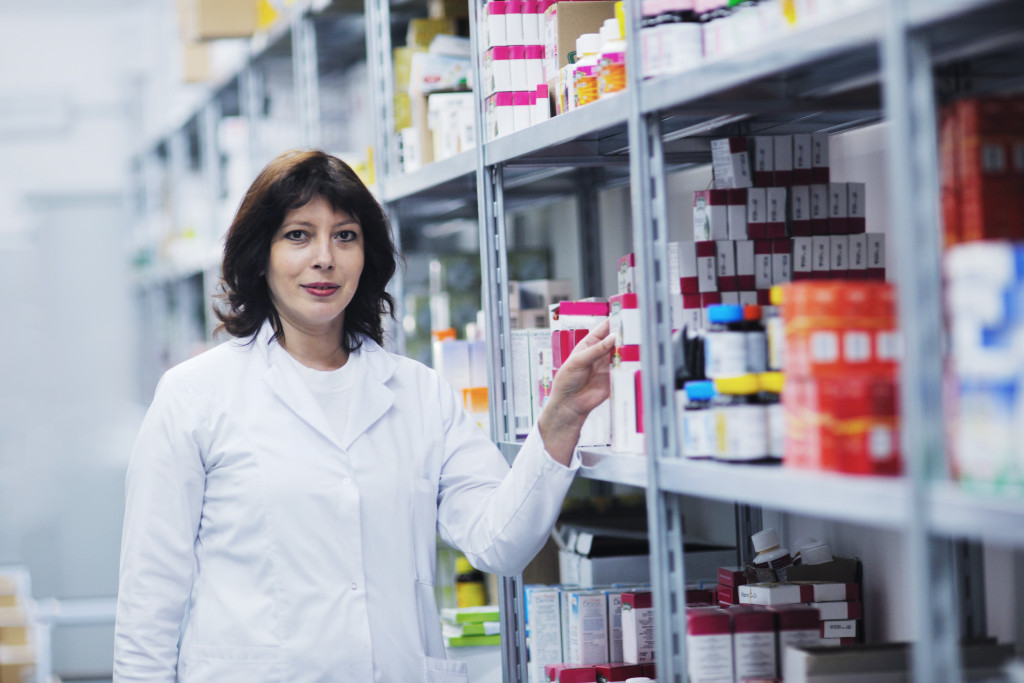The Food and Drug Administration (FDA) branch, the Center for Drug Evaluation and Research (CDER), is responsible for approving drugs in the United States—and the rest of the world. For the CDER to start evaluating drugs, biotech or pharmaceutical companies need to do extensive testing and document the results.
After, those same results need to be sent to the CDER, assigning a dedicated team of pharmacologists, chemists, and other scientists to review the findings and conduct a second set of tests themselves. They also predict the oral absorption rate of drugs using equipment provided by medical suppliers like Pion Inc.
Overall the process can take a long time. From the initial formulation to an FDA approval, most medication takes around a decade to be available for public use, ensuring the utmost drug safety and efficacy.
Here are the five drug testing phases before FDA approval to give you a better idea of this process.
Phase 1 – Discovery and Development
This phase includes researchers discovering or finding possibilities for medication by testing molecular compounds. These allow you to see any unexpected or dangerous effects you may have from existing treatments, technology, and novel ways of targeting medical products to several body sights. After that, drug development begins. These studies are conducted on the correct and safe dosages, administration methods, side effects, drug absorption, and interactions.
Phase 2 – Preclinical Research
After researchers have examined the possibilities the new drugs may have, they typically do preliminary or initial research to determine its potential for harming the person. This part is categorized as preclinical or initial research and can be done through in vitro or in vivo techniques.
In vitro is when researchers experiment with the drug within a controlled environment outside of the living organism. Meanwhile, in vivo means the experiment happens inside a person or animal. Regardless of which one you go for, both need to follow stringently regulated laboratory practices, known as the FDA’s Good Laboratory Practices (GLP) guideline, outlining the basic requirements for facilities, equipment, and researchers.
Although these tests are conducted at a smaller scale, they provide more detailed evidence about the drugs’ right dosing and toxicity levels.

Phase 3 – Clinical Research
After determining the drug’s safety, researchers need to examine the different ways drugs interact with the human body. The FDA clinical research phase often involves trials of drugs on people, and it’s one of the most complex stages in the drug development and approval journey. This phase should answer specific questions and follow protocols determined by the CDER.
Here are the subphases of the FDA clinical research process:
Phase 1 – This typically involves around 20 to 100 study participants to determine the drug’s safety and dosage.
Phase 2 – This involves several hundred individuals who should have the conditions the drug aims to treat, monitoring the drug’s efficacy and potential side effects.
Phase 3 – This requires 300 to 1000 volunteers to monitor the drug’s effectiveness and any long-term adverse reaction.
Phase 4 – This part needs several thousands of volunteers with the condition while keeping track of the drug’s safety and efficacy.
Phase 4 – FDA Review
Once the biotech company can prove through thorough preclinical, research, and clinical trials that their introduced drug is safe and efficient in treating the intended condition, they can now file to allow marketing of the drug. Your application should contain several factors, including but not limited to detailed clinical results, labeling, patient, and safety information, potential for drug abuse, and instructions.
FDA ensures that all applications are complete, making it around 6 to 10 months before getting approved.
Phase 5 – FDA Safety Monitoring
Even if researchers and applicants extensively work for several months to years in determining the safety of potential medications, there may still be issues that arise after the drug gets approved and released for public use. That’s why an additional phase and last part of FDA drug approval is monitoring the drugs’ effects while in the marketplace. If a drug developer wishes to change anything about the medication formula or approve it for a new application or use, they need to re-do the process and apply with the FDA.
Additionally, the FDA often reviews the drugs’ advertising and manufacturing facilities to ensure everything involved complies with safety regulations.
Patent laws usually protect new drugs approved by the FDA for marketing, and generic medications can only get manufactured once these patents expire. After the different phases, these FDA-approved drugs can now be used by the general public, ensuring their safety, health, and security.

